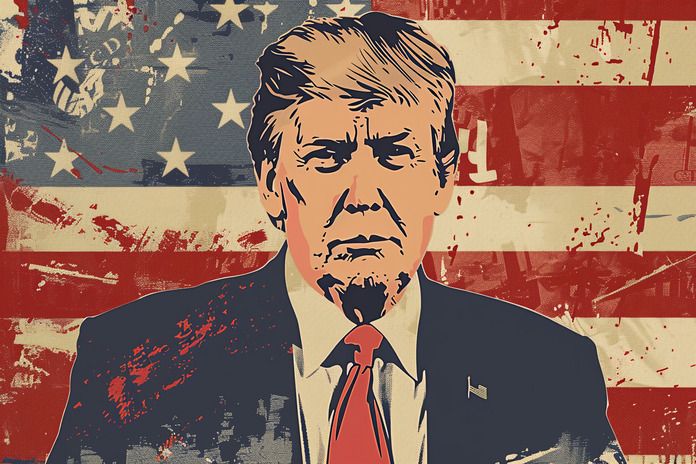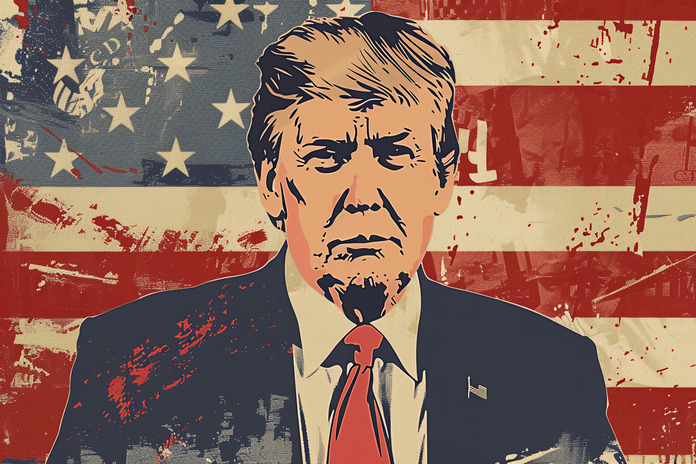Meta Stablecoin Payments May Simplify Global Payouts

Meta Platforms Inc. (NASDAQ:META) appears ready to re-enter the crypto space with a fresh angle—Meta stablecoin payments targeted at microtransactions and global payouts for content creators. According to a recent Fortune report citing five anonymous sources, the tech giant is exploring stablecoins as a means to reduce transaction friction, particularly for influencers on platforms like Instagram.
This would mark the first notable crypto development at Meta since the failure of its high-profile Libra project. However, this new strategy appears significantly more modest in scope and aims to address practical payment challenges rather than overhaul global finance.
From Libra to Utility: Meta’s Crypto Reboot
The pivot to Meta stablecoin payments signals a potential course correction following the collapse of Libra—later renamed Diem. Libra aimed to launch a multi-currency-backed stablecoin and was backed by heavyweights like PayPal (NASDAQ:PYPL), Visa (NYSE:V), eBay (NASDAQ:EBAY), and Mastercard (NYSE:MA). Regulatory pressure, particularly during the Biden administration’s early crypto-skeptic phase, forced the project’s shutdown. In 2022, Meta sold the remains of Diem to Silvergate Bank.
Now, instead of taking on the global monetary system, Meta is reportedly focused on streamlining small payouts to creators across borders—one of the most practical use cases for digital currencies. Stablecoins can provide near-instant, low-cost settlement, avoiding high conversion fees and slow bank transfers, especially in emerging markets.
Stablecoin Adoption on the Rise
The timing of Meta’s renewed crypto interest aligns with growing institutional adoption of stablecoins. Payment giants like Visa and Mastercard have already begun experimenting with stablecoin integration into their networks. Visa, for instance, has conducted USDC-based settlement pilots on Ethereum (ETH), indicating growing confidence in stablecoin infrastructure.
Last month, Citigroup (NYSE:C) released a report projecting the global stablecoin market cap could grow to $3.7 trillion under bullish conditions. The forecast was tied to positive regulatory trends and increased institutional trust in blockchain-based payment rails.
For Meta, joining this wave with a utility-driven focus—like stablecoin payments for Instagram influencers—may offer a realistic path to rebuilding its crypto credibility while sidestepping the scrutiny that tanked Libra.
Ginger Baker’s Role in Crypto Push
Leading Meta’s exploration of this new initiative is Ginger Baker, the company’s VP of product who joined earlier this year. Baker brings significant experience in fintech and crypto, and her involvement suggests the company is taking a cautious but informed approach to its payment evolution.
The reported discussions with infrastructure providers remain preliminary. No specific blockchain network or service partner has been named yet, though sources say the conversations focus on small-payout use cases—likely involving USD-pegged stablecoins such as USDC or USDT.
While no formal announcement has been made, the tone within Meta seems pragmatic. CEO Mark Zuckerberg recently called the Libra project “dead” during a public discussion with Stripe’s co-founder John Collison, distancing the new plans from the failed experiment.
A Smarter, Smaller Crypto Play
The idea of Meta stablecoin payments represents a shift from ambition to application. Rather than reinventing money, Meta may simply want to make it easier to pay creators in Nigeria, India, Brazil, or Indonesia without navigating slow, expensive fiat rails.
If executed correctly, this could not only reintroduce Meta to the crypto world in a friendlier light, but also improve user retention on its creator platforms by offering faster, borderless compensation.
Whether Meta eventually scales this solution beyond creator payouts remains to be seen. For now, the strategy appears to be: stay useful, stay quiet, and avoid the mistakes of the past.
With regulators more open to utility-based stablecoin use, and stablecoins themselves becoming part of the financial mainstream, Meta stablecoin payments might just stick.
Featured Image: Freepik






